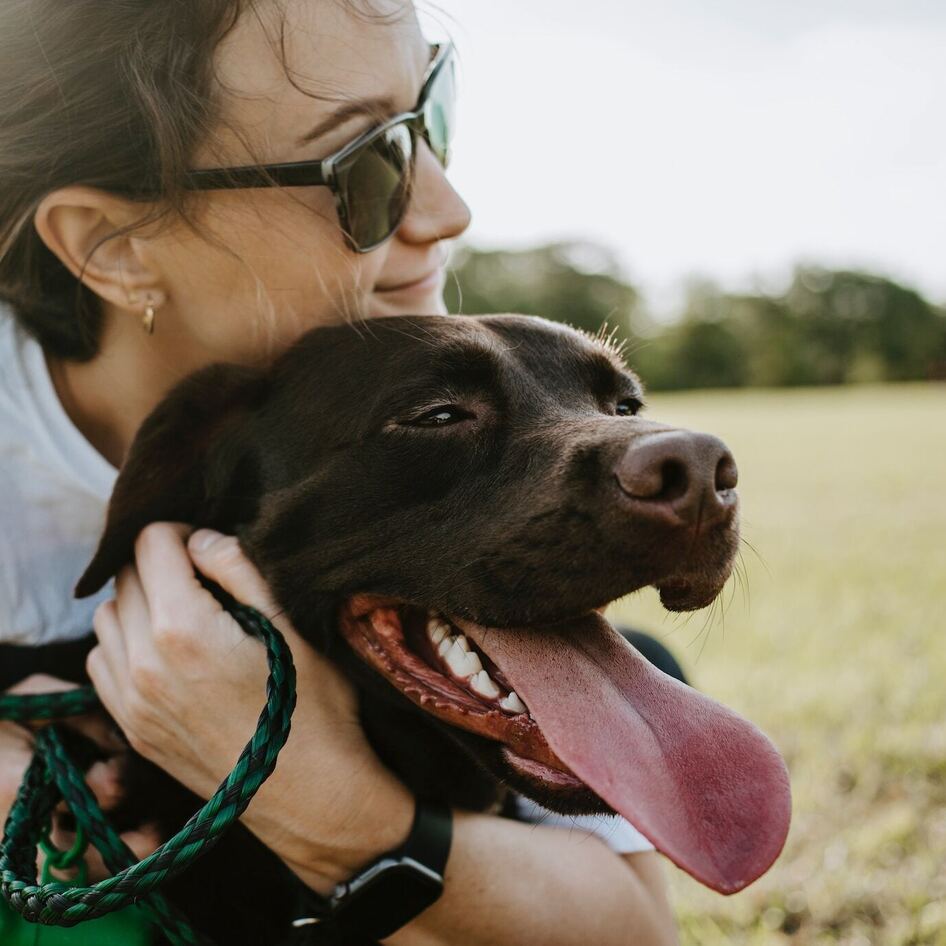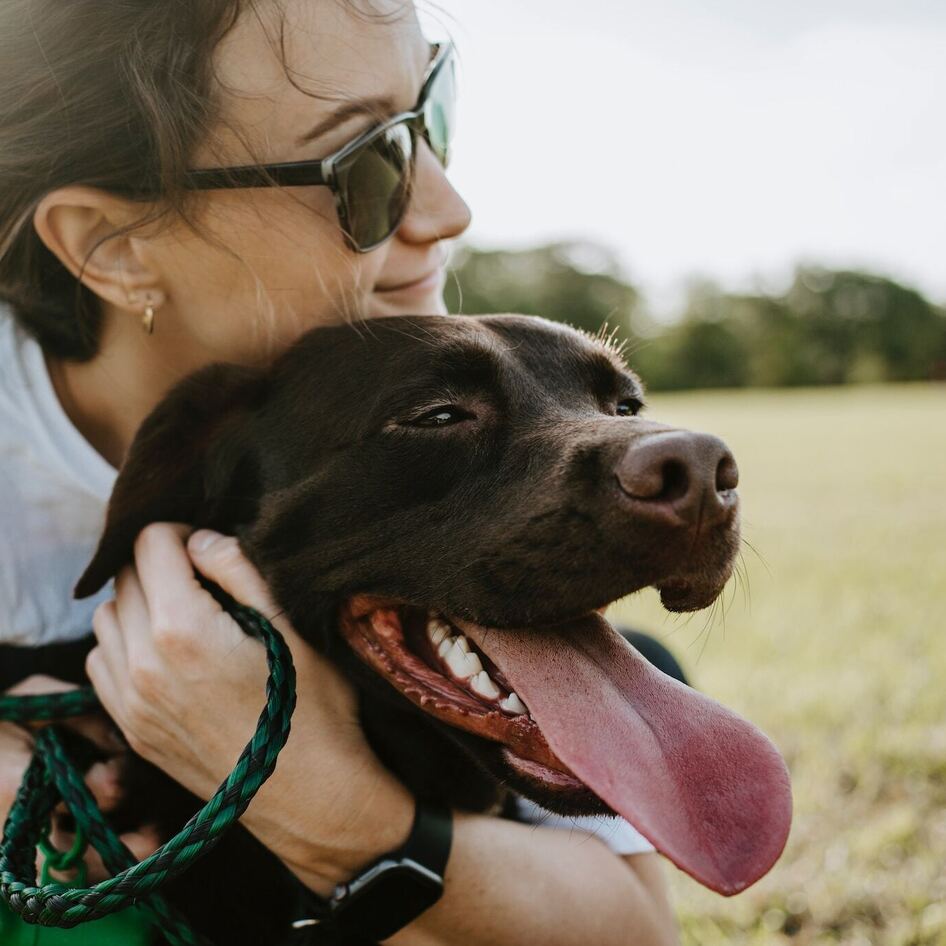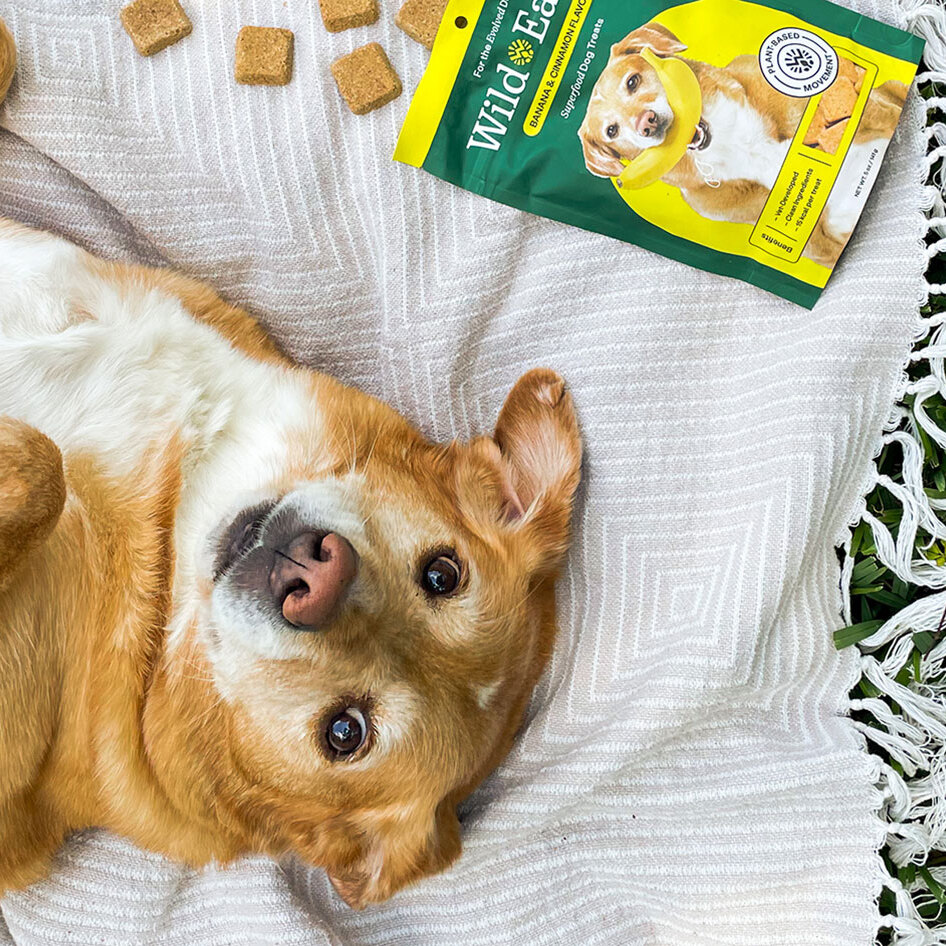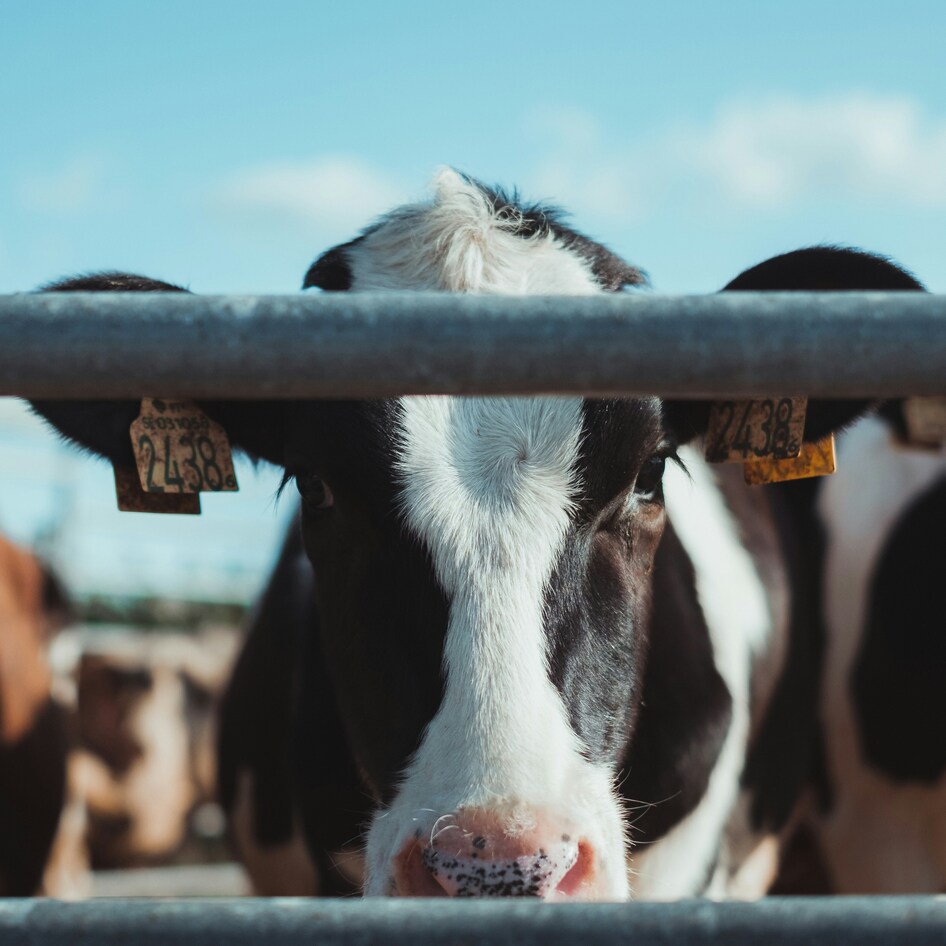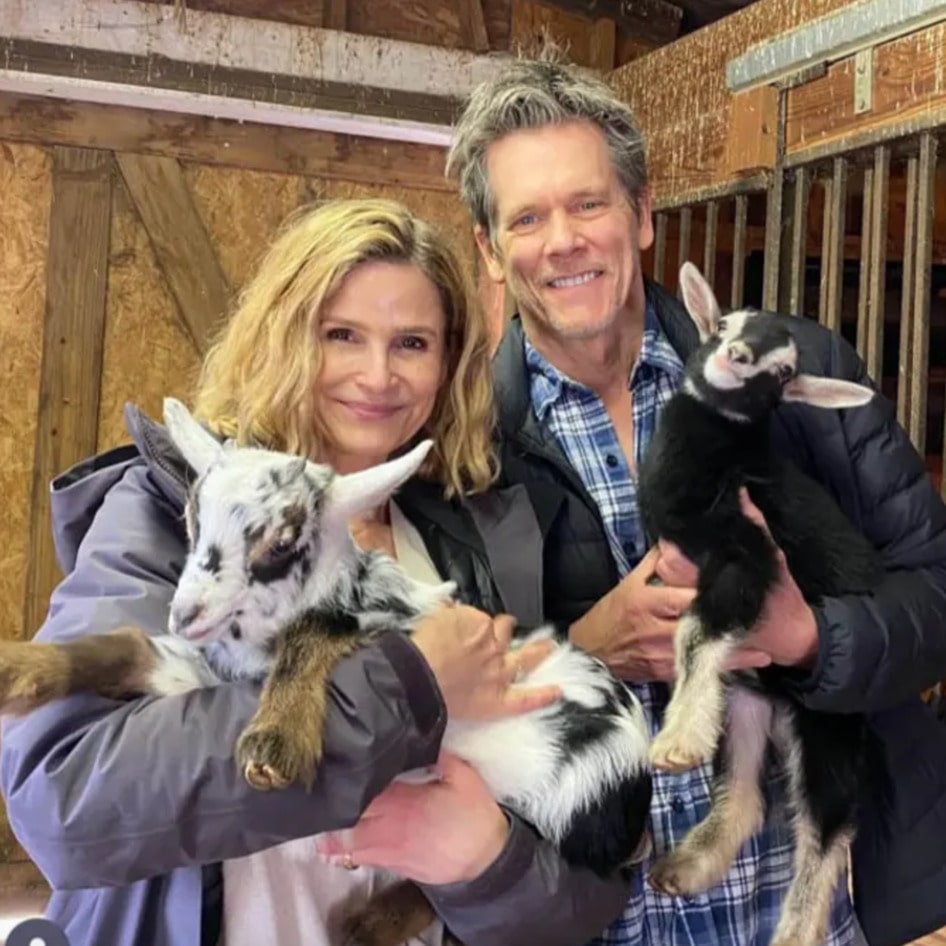Tainted Pet Food
What do Styrofoam, cow udders, melamine, and flea collars have in common? Each has been discovered in commercial pet food found in stores across the United States. How safe is our pet’s food?
October 17, 2008
Something was wrong with Grover. The British Shorthair was always a hearty eater, but suddenly he wouldn’t touch the cat food he normally loved. An urgent visit to the vet gave Emily Tompkins, Grover’s guardian, some grave news: he was suffering from kidney failure. A few days in the hospital and some TLC put Grover on the road to recovery. Even his appetite was returning. “So I gave him the same food he always eats,” says Tompkins. Sadly, it would be several weeks before the pet-food manufacturer warned the public their food was killing cats and dogs. By then, Grover had relapsed and was gone.
The massive recall that was finally announced to the public on March 16, 2007, affected some 200 brands of dog and cat food. Though the crisis eventually involved many pet-food manufacturers—including American Nutrition, Blue Buffalo, Chenango Valley Pet Food, and Iams—it was Menu Foods, the largest maker of wet cat and dog food in North America, that initiated the recall.
The tragedy began to unfold in February 2007, when animal guardians like Tompkins started complaining to Menu Foods that dogs and cats were dying after consuming its pet food. Canada-based Menu Foods began testing its food on animals in February, reportedly killing seven of them. Finally, on March 15, the company alerted the Food and Drug Administration (FDA) that they would be issuing a recall of their pet food the next day. (Menu Foods had not returned phone calls for this article.)
The FDA mobilized a team of inspectors, who arrived at Menu Foods’ plants in Kansas and New Jersey on the day of the recall. By the end of March, the FDA had found a contaminant—melamine—in wheat gluten (used to thicken the gravy in wet pet foods) and traced it to China. Then, in April, they discovered melamine in rice protein, also imported from China.
Things looked suspicious. Melamine, a nitrogen-rich chemical derived from coal, is used to make plastic and fertilizer, it has no business in food ingredients. But, in China, melamine is quietly used as a cheap additive in livestock feed because its high nitrogen content makes it appear as protein in food tests, fooling farmers into thinking they’re buying high-protein feed. The FDA discovered another chemical in the imported wheat gluten and rice protein that shouldn’t be present: cyanuric acid. In the United States, this chemical is added to swimming pools to prevent sunlight from degrading the chlorine. Like elamine, yanuric acid is used to falsely boost protein levels in animal feed and is generally harmless if ingested.
While melamine and cyanuric acid are not especially toxic on their own, researchers now know that when combined, the two chemicals quickly form insoluble crystals. In a dog or cat, these crystals obstruct the kidneys, leading to renal failure, a rapid decline in health, and, frequently, death.
Rendered Unhealthy
The heartbreaking events of last spring illustrate just how precarious pet-food safety is. Like agribusiness, which puts a pricey marketing spin on meat, eggs, and dairy foods, the $13-billion-a-year pet industry goes to great expense to make consumers feel good about pet food. What’s not to like? Well, for one thing, dog and cat food has become a dumping ground for slaughterhouses: heads, intestines, spinal cord tissue, udders, hooves, and other animal remains considered unfit for human consumption are turned into profit by feeding them to Fido and Fluffy.
Moreover, rendering plants sell many pet-food manufacturers material called “tankage,” which may contain parts of animals accidentally killed by vehicles, ingredients high in hormone or pesticide residues, expired meat, zoo animals, livestock ear tags, euthanized animals and their flea collars, Styrofoam packaging, and plastic bags. Other contaminants that have been found in commercial dog and cat foods include restaurant grease—complete with high concentrations of dangerous free radicals and trans—fatty acids-antibiotic residues, moldy grain, PCBs, hazardous preservatives, and viral, bacterial, protozoal, fungal, and prion contaminants, the last of which can cause bovine spongiform encephalopathy, better known as mad cow disease.
Among the industry’s most controversial practices is using so-called “4-D meat.” Flesh from disabled, diseased, dying, or dead animals (who died in transit to the slaughterhouse) may not be allowed on the butcher’s counter, but it’s perfectly acceptable in your best friend’s bowl, even if the meat is filled with cancerous tissue and pharmaceuticals.
The result is a pathogenic smorgasbord that has contributed to a decline in health among companion animals, says Armaiti May, DVM. “Diseases such as diabetes, arthritis, digestive disorders, cystitis, kidney and liver disease, skin problems, obesity, thyroid dysfunction, and various cancers are becoming more common in our domesticated animals,” she says. “This increase in disease incidence is attributed in part to commercial pet foods.”
Ciao, Commercial Chow?
All this leaves consumers asking an obvious question. “Are pet foods safe? Sure, as safe as your and my food,” says Paul Pion, DVM, president of the Veterinary Information Network, a web-based group that counts 30,000 veterinarians and vet students as members. “At the same time, no system is perfect or can guarantee every ingredient every single day, and so there is always room for inadvertent problems, whether it be E. coli in a spinach field or some unforeseen contaminant in a bag of potato chips or dog food. None of us can ever be 100-percent certain unless we grow and prepare all our own foods.”
Taking control of our companion animals’ health is critical, observes Veterinarian Michael W. Fox, co-author of Not Fit for a Dog: The Truth About Commercial Dog and Cat Food Fox, who has been researching pet food for 30 years. He believes the best way guardians can ensure the welfare of their animal companions is to make food at home, thus reducing the incidence of chronic degenerative diseases and endocrine and immune system disorders.
Courting Closure
Some consumers are fighting back. As animal guardians like Emily Tompkins cope with the grief and anger shared by thousands of others, the largest pet-food recall in US history could result in a record number of lawsuits. Adding insult to injury, however, the law regards animals as property—things with no more intrinsic value than lawn tools or stereo equipment—denying anguished guardians any compensation for their emotional distress.
Of course, regardless of the outcome, no lawsuit can ever assuage the heartache of losing a loved one. “Our house is not a home,” says Tompkins, who has yet to adopt another cat more than a year later. “Grover is still the little guy in my heart.”
Although we haven’t personally taste-tested them, here are some of the most widely available plant-based products for dogs and cats that are the next best thing to homemade:
- Boston Baked Bonz—Offers healthy vegan treats for dogs.
- Doggy Delights—Vegan-owned company that makes gourmet dog treats.
- Evolution Diet—Manufactures health food for dogs, cats, and ferrets.
- PetGuard—Offers a vegan moist dog food and two varieties of vegan dog biscuits.
- V-Dogfood—Sells a high-protein vegan dog food that ships for free.
- Vegan Cats—Distributes vegan foods and natural supplements for cats and dogs.
JUMP TO ... Latest News | Recipes | Guides | Health | Shop

